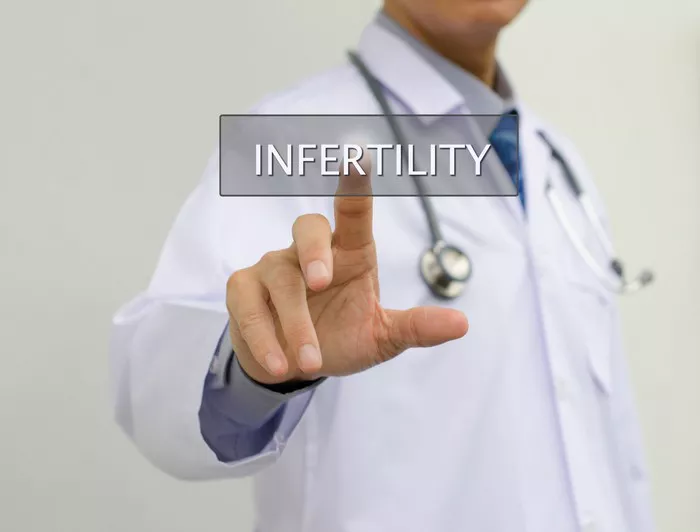The menstrual cycle, a fundamental aspect of reproductive health in women, typically spans an average of 28 days, although it can vary considerably from person to person. The first day of menstrual bleeding marks the beginning of this cycle. Understanding the menstrual cycle is crucial for comprehending fertility patterns and planning for conception. During this cycle, various hormonal changes occur, orchestrating the release of an egg from the ovary, known as ovulation, which is a pivotal event in the conception process.
Ovulation Timing
Ovulation, the release of an egg from the ovary, is a key determinant of fertility. In a standard 28-day menstrual cycle, ovulation usually occurs approximately 14 days before the onset of the next menstrual period. However, it’s essential to note that the timing of ovulation can vary, particularly for individuals with shorter or longer menstrual cycles. Understanding one’s unique cycle length can help in predicting the timing of ovulation more accurately.
Fertile Window
The fertile window, often regarded as the most opportune time for conception, spans several days within the menstrual cycle. It encompasses the day of ovulation itself and the five days preceding it. This extended timeframe is due to the remarkable lifespan of sperm within the female reproductive tract, which can survive for up to five days. Thus, engaging in sexual intercourse during this window increases the likelihood of sperm being present when the egg is released, enhancing the chances of fertilization.
Maximizing Chances of Conception
For individuals actively trying to conceive, maximizing the chances of conception involves pinpointing the fertile window with precision. Several methods can aid in this endeavor, including tracking basal body temperature, utilizing ovulation predictor kits, or leveraging fertility apps. Basal body temperature monitoring involves tracking the slight increase in body temperature that occurs after ovulation, indicating the fertile period. Ovulation predictor kits detect hormonal changes that herald ovulation, providing a more direct indication of fertility. Fertility apps utilize data input regarding menstrual cycles and symptoms to predict ovulation and fertile windows, offering convenience and accessibility in fertility tracking.
Factors Influencing Fertility
While understanding the menstrual cycle and ovulation timing is crucial for optimizing fertility, various factors can influence a person’s ability to conceive. Age plays a significant role, with fertility gradually declining as individuals approach their late 20s and more markedly after the age of 35. Additionally, underlying health conditions, such as polycystic ovary syndrome (PCOS) or endometriosis, can affect fertility. Lifestyle factors, including diet, exercise, and stress levels, also impact reproductive health. Consulting a healthcare provider for personalized advice and evaluation is recommended for individuals facing challenges with conception.
Myths and Misconceptions
Despite widespread information about fertility, several myths and misconceptions persist. One common misconception is that pregnancy is only possible during ovulation. While ovulation is indeed the most fertile time within the menstrual cycle, sperm can survive for several days within the female reproductive tract, extending the window of fertility beyond ovulation itself. Another prevalent myth is that certain sexual positions or timing within the menstrual cycle can influence the gender of the baby. In reality, these factors have minimal to no impact on the gender of the offspring, which is determined by the sperm cell fertilizing the egg.
Prevention of Unplanned Pregnancy
For individuals not intending to conceive, it is essential to explore effective contraception methods to prevent unplanned pregnancy. Numerous contraceptive options are available, catering to diverse preferences and needs. Hormonal methods, such as birth control pills, patches, and injections, alter hormone levels to prevent ovulation and/or impede sperm from reaching the egg. Barrier methods, including condoms and diaphragms, physically block sperm from entering the uterus. Long-acting reversible contraceptives (LARCs), such as intrauterine devices (IUDs) and contraceptive implants, offer extended protection with minimal user intervention. Sterilization procedures, such as tubal ligation or vasectomy, provide permanent contraception for individuals certain of their decision to prevent future pregnancies. Consulting a healthcare provider can aid in selecting the most suitable contraceptive method based on individual health status, lifestyle, and preferences.
Conclusion
In conclusion, understanding the menstrual cycle, ovulation timing, and fertility windows is vital for individuals navigating their reproductive journey. By leveraging this knowledge, coupled with effective fertility tracking methods and consideration of factors influencing fertility, individuals can optimize their chances of conceiving. Additionally, dispelling common myths and misconceptions surrounding fertility fosters informed decision-making and empowers individuals to take control of their reproductive health. For those not intending to conceive, exploring contraceptive options ensures proactive prevention of unplanned pregnancy, promoting reproductive autonomy and well-being.
























